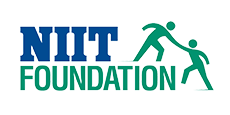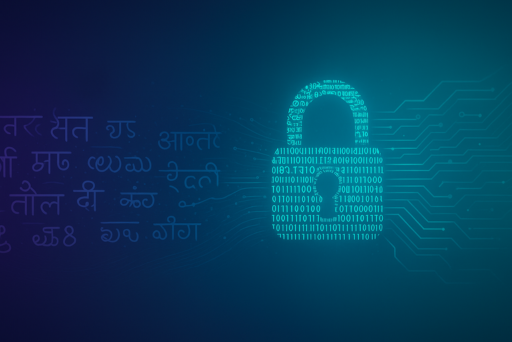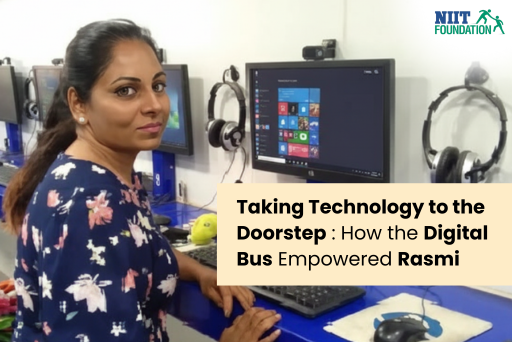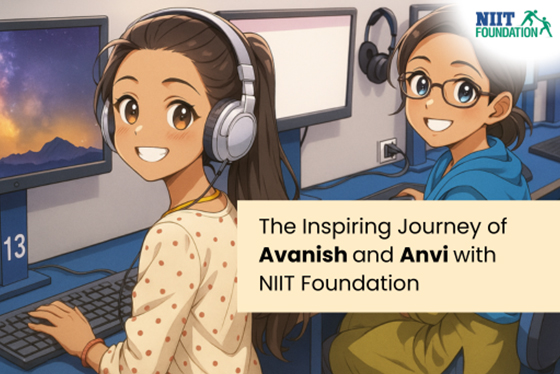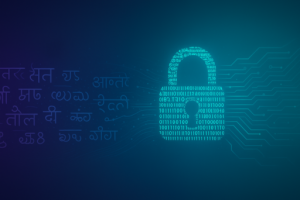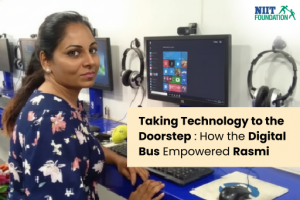India speaks in many voices. From Hindi and Bengali to Tamil, Odia, Kannada, and Telugu, the country’s linguistic diversity reflects its cultural depth — but it also defines how people connect, learn, and trust information. In an age where most public services, payments, and interactions are moving online, digital inclusion depends on communication that people can understand. And in a country with 22 official languages and hundreds of dialects, that is no small challenge.
The Cyber Suraksha initiative by NIIT Foundation was designed with this reality in mind. As India’s digital footprint expanded, so did the need for a cyber-aware citizenry. But teaching cybersecurity in a single language meant leaving millions behind — especially first-time internet users and those in smaller towns or rural areas who might access digital services daily but never receive safety information in their native tongue. The question was clear: How can we make cybersecurity education truly inclusive in a multilingual nation?
A Multilingual Model for Digital Empowerment
Cyber Suraksha’s answer has been both simple and transformative, teach cybersecurity in the languages people live in. The programme now delivers its Cyber Awareness AI Basic course in eight languages: Hindi, English, Marathi, Telugu, Tamil, Odia, Bangla, and Kannada. The advanced tracks are available in Hindi and English, while the Workforce programmes are offered in English to align with global industry standards.
This multilingual approach has changed how people learn, remember, and apply cyber-safety practices. Participants are not just decoding unfamiliar terms — they are engaging with real-life examples in the languages they use every day. When trainers explain phishing scams, privacy settings, or two-factor authentication using familiar words, the learning becomes not just informative but empowering.
For many learners, this has been the difference between confusion and confidence. In Odisha and West Bengal, for example, Bangla and Odia course delivery has allowed first-generation digital users to identify online frauds and fake messages for the first time. In Tamil Nadu, Karnataka, and Andhra Pradesh, modules offered in Tamil, Kannada, and Telugu have equipped young people in smaller towns with the skills to protect their devices, their data, and their digital identities. And in northern states like Uttar Pradesh, Bihar, and Madhya Pradesh, Hindi-language sessions have helped create the programme’s largest participant base, allowing students and professionals alike to discuss cybersecurity concepts without translation barriers.
When Understanding Becomes Protection
The impact of language-based learning goes beyond comprehension — it builds trust. For many first-time learners, cybersecurity once felt like a technical subject reserved for experts. But when lessons are delivered in a language they understand, the abstract becomes tangible. Terms like “phishing,” “malware,” or “data breach” translate into relatable examples of fake job calls, lottery messages, or unauthorized transactions.
This clarity has led to measurable change. Participants report being able to recognize suspicious links, avoid sharing sensitive information, and educate their families on safe online habits. Trainers recount how rural women who once hesitated to use digital payments now confidently verify UPI transactions, or how young learners have begun explaining cyber hygiene to their parents and neighbours.
In classrooms across India, learners no longer just memorize steps to stay safe — they internalize them. The ability to discuss digital safety in one’s own language transforms cyber literacy from a lesson into a life skill.
India’s linguistic diversity often mirrors its digital divide. Regions that are linguistically distinct also tend to be those with lower access to English-language education and technical training. Cyber Suraksha’s multilingual design directly addresses this gap, ensuring that accessibility does not depend on language proficiency.
This approach aligns closely with NIIT Foundation’s broader mission: to democratize access to technology, education, and employment. By meeting learners where they are — linguistically and culturally — the programme brings the language of safety into every household, classroom, and community centre. It ensures that digital security knowledge is not lost in translation, and that every citizen, regardless of their background, can participate safely in the digital economy.
A Wider Safety Net for a Connected Nation
Cybersecurity is no longer a niche concern. As per government data, India handled over 20 lakh cyber incidents in 2024, a sharp rise from previous years. As more people transact, learn, and work online, the demand for cyber awareness at every level of society is only growing.
Through its multilingual model, Cyber Suraksha is expanding both reach and relevance. Over the past three years, the programme has trained more than five lakh learners, impacted one million individuals, and built a truly national footprint spanning 27 states and five Union Territories. Within that reach lies an even more powerful insight: when knowledge is delivered in the language people understand best, it becomes knowledge they can use.
In a digital age defined by speed and scale, language remains one of the most powerful tools for inclusion. By teaching cybersecurity in Hindi, Bangla, Tamil, Telugu, Kannada, Marathi, Odia, and English, NIIT Foundation is not just spreading awareness—it is creating a new vocabulary of trust and safety that resonates from metros to villages.
Cybersecurity in every tongue means safety for every citizen. And in a country as diverse and dynamic as India, that may be the most effective defense of all.
